1. Canola Oil vs. Olive Oil
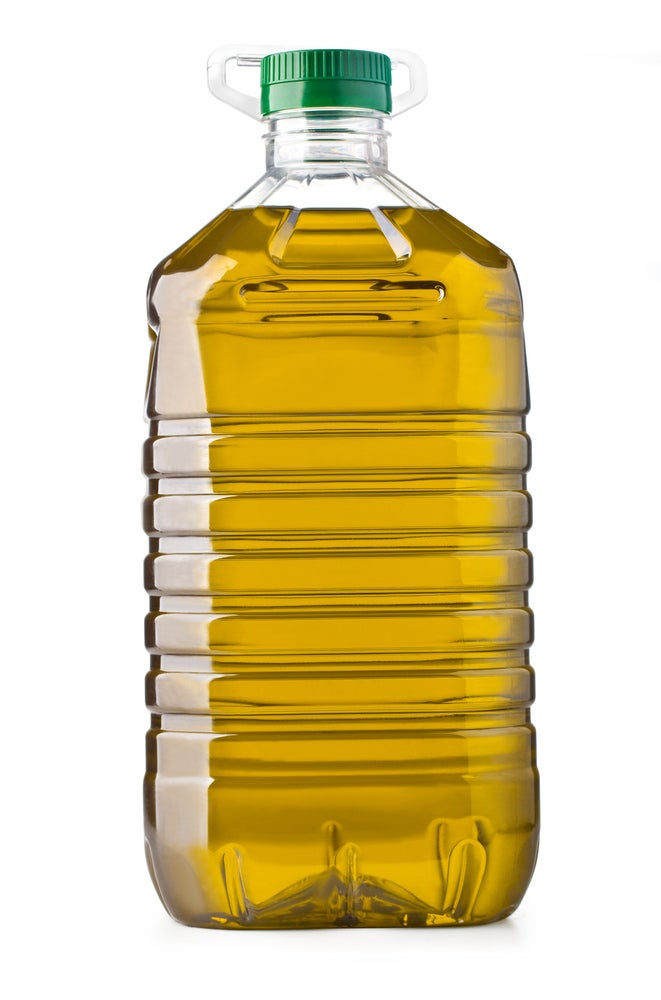

Canola oil should be used to cook things like steak because it can reach a high smoke point, whereas olive oil tends to burn. Stick to olive oil for salad dressings, slow roasting, etc.
2. Red Wine Vinegar vs. Balsamic Vinegar


Balsamic vinegar is usually aged longer than red wine vinegar, which gives it a sweeter taste. If you want more of a tang to a dressing, go for the red wine vinegar! Balsamic is also a great addition to tomato sauce if you want to add a rich flavor.
3. Quinoa vs. Bulgur


Both are great for salads and are packed with protein, but quinoa does not contain gluten. Quinoa also has more protein and less carbohydrates than bulgur.
4. Jam vs. Jelly
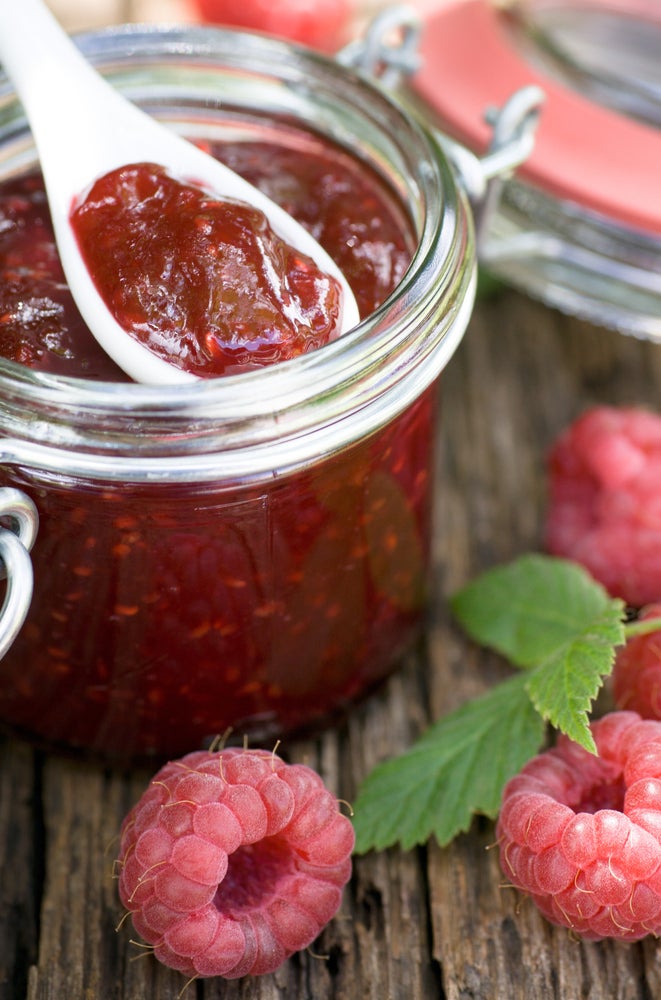

Jam has remnants of the fruit's pulp, whereas jelly is pulp-free. In jelly, the fruit comes in the form of fruit juice. Both are delicious, but jam is ideal when you are looking for more of a texture.
5. Pinto Beans vs. Kidney Beans
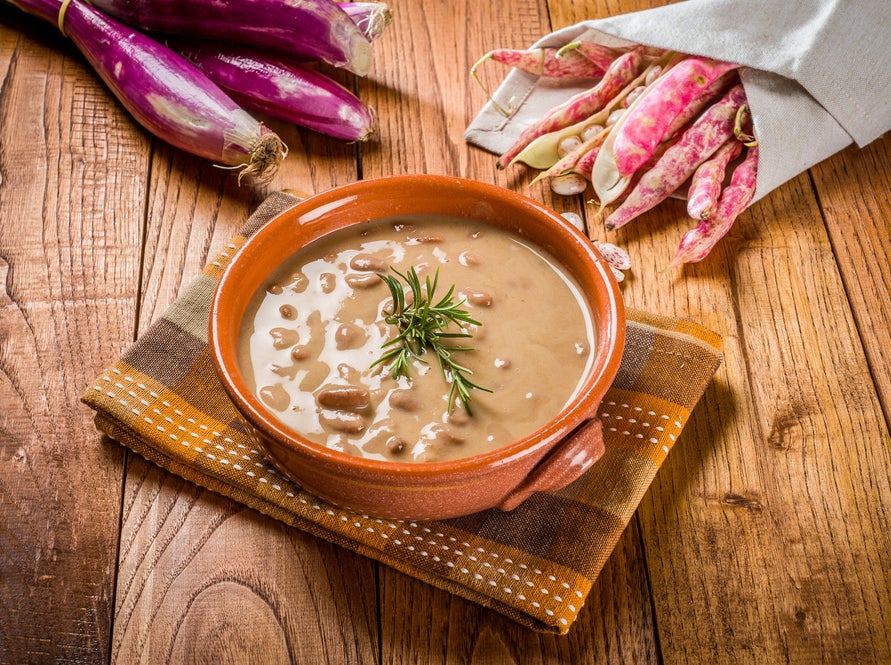

Kidney beans taste heartier than pinto beans and are often used in chili. Pinto beans do have more fiber, though. Both are great when they are cooked slowly and are a satisfying meat substitute.
6. Steel-Cut Oatmeal vs. Rolled-Oat Oatmeal


Steel-cut oatmeal is chewier than rolled-oat oatmeal. Rolled oats are more processed. They are usually steamed, rolled, steamed again, and then toasted before packaged. Steel-cut oatmeal is also digested more slowly.
7. Iodized Salt vs. Kosher Salt


Kosher salt is a coarse salt that is free of any additives. Iodized salt can have trace amounts of iodine and dextrose, which causes it to have a more bitter taste.
8. Rosemary vs. Thyme


Thyme has a mint and lemon aroma, whereas rosemary is lemony but has hints of pine. Rosemary is wonderful for roasting and thyme is a delicious addition to tomato sauce.
9. Tomato Purée vs. Tomato Paste


Tomato paste is tomatoes that have been cooked, strained, and reduced to a rich, sweet paste. Use a dollop for sauces or soups. Tomato purée consists of briefly cooked tomatoes that have been strained to produce a thick, tangy liquid. Try it when you want to add a pure tomato flavor without the texture.
10. Pancetta vs. Bacon
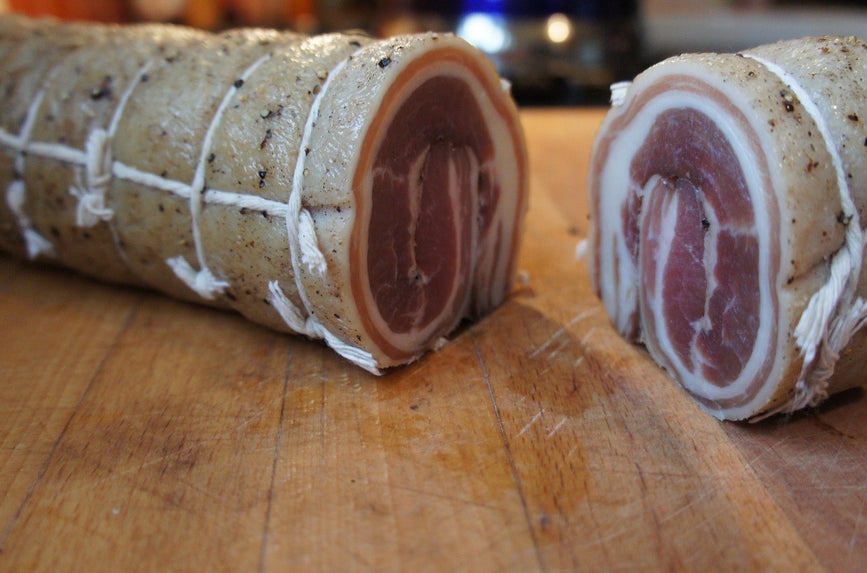
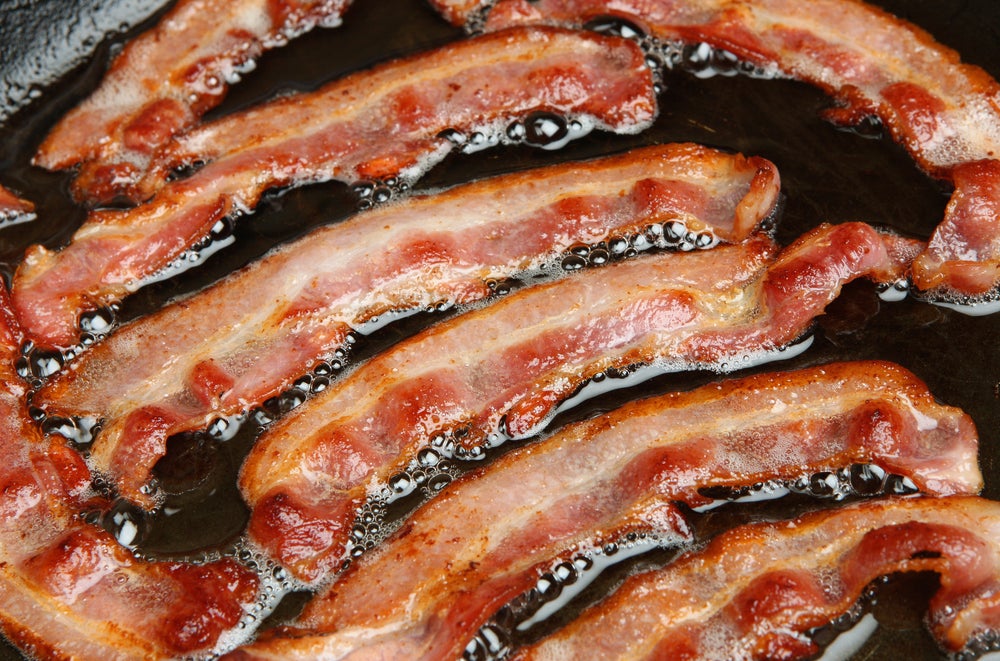
Bacon and pancetta are both cured pork belly, but unlike pancetta, bacon is usually smoked after it's been cured. So if you want a smoky flavor, better grab that bacon!

